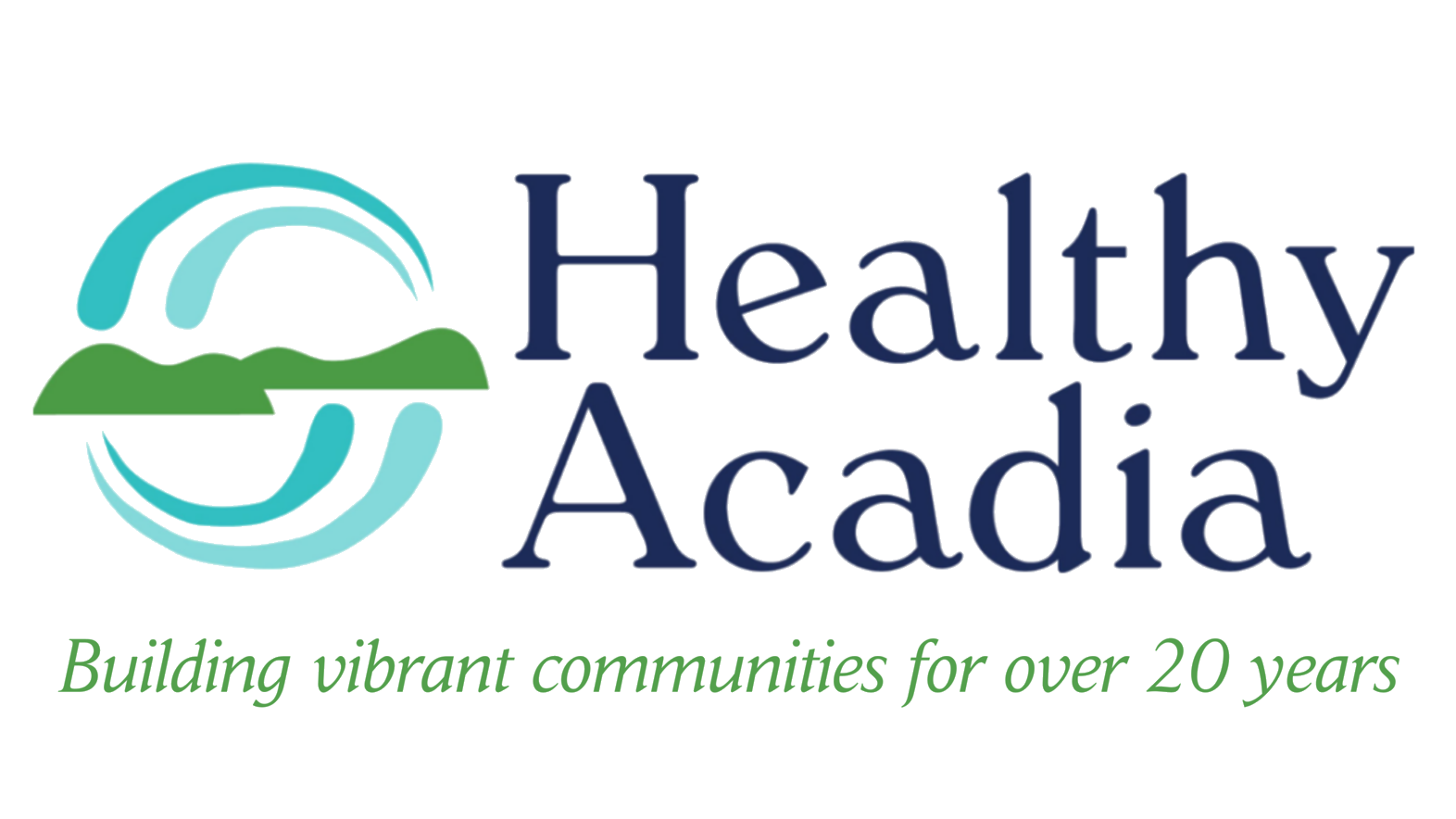Marijuana Use and Impaired Driving Among Youth
According to the most recent Maine Integrated Youth Health Survey (MIYHS, 2021), young people’s perception of harm around marijuana use is up only very slightly compared to our 2019 results. However, the majority of students are still reporting a low perceived risk of marijuana use.
In response to the question, “How much do you think people risk harming themselves (physically or in other ways) if they use marijuana once or twice a week?” the percentage of students who responded with “no risk” or “slight risk” was 65.1 percent (compared to 66.7 percent in 2019).
Survey results also showed roughly the same number of youth reported perceived disapproval from parents of marijuana use (79.6 percent in 2021 versus 79.7 percent in 2019). The good news is that in 2021 across the state of Maine, fewer students reported use of marijuana in the preceding 30 days (17.9 percent versus 22.0 percent in 2019).
While these data suggest use is declining, almost one in five students are reporting that they have used marijuana in the last 30 days - and that is still far too many.
These data trends, combined with a culture that is becoming increasingly tolerant of recreational marijuana use, speak to the importance of warning young inexperienced drivers about the risks of driving high, or under the influence of marijuana.
Marijuana use can cause problems with cognitive functioning - attention, memory, and problem-solving. Marijuana use can affect skills and processes required to safely operate a motor vehicle - coordination, concentration, reaction time, and judgment.1 Impairment can lead to vehicle crashes.
According to the American Academy of Pediatrics (AAP), nearly 1 in 10 drivers ages 16-20 years admits to having driven under the influence of marijuana. The AAP goes on to explain that per government data, marijuana is the second “most common cause of motor vehicle crashes for impaired drivers of all ages.”*
What can parents do?
The AAP recommends that parents begin talking to their children about the risks of substance use when they are in elementary school. Then, when their children are adolescents, adults can be clear with their teens about their expectations around substance use and model good behavior themselves.*
To learn more, visit healthychildren.org.
*American Academy of Pediatrics. Driving While High: Why Marijuana and Driving Are a Dangerous Mix. Adapted from AAP News Parent Plus. https://healthychildren.org/ English/ages-stages/teen/substance-abuse/Pages/Driving-While-High-a-Dangerous-Mix.aspx. Updated February 11, 2020. Accessed September 16, 2022.
